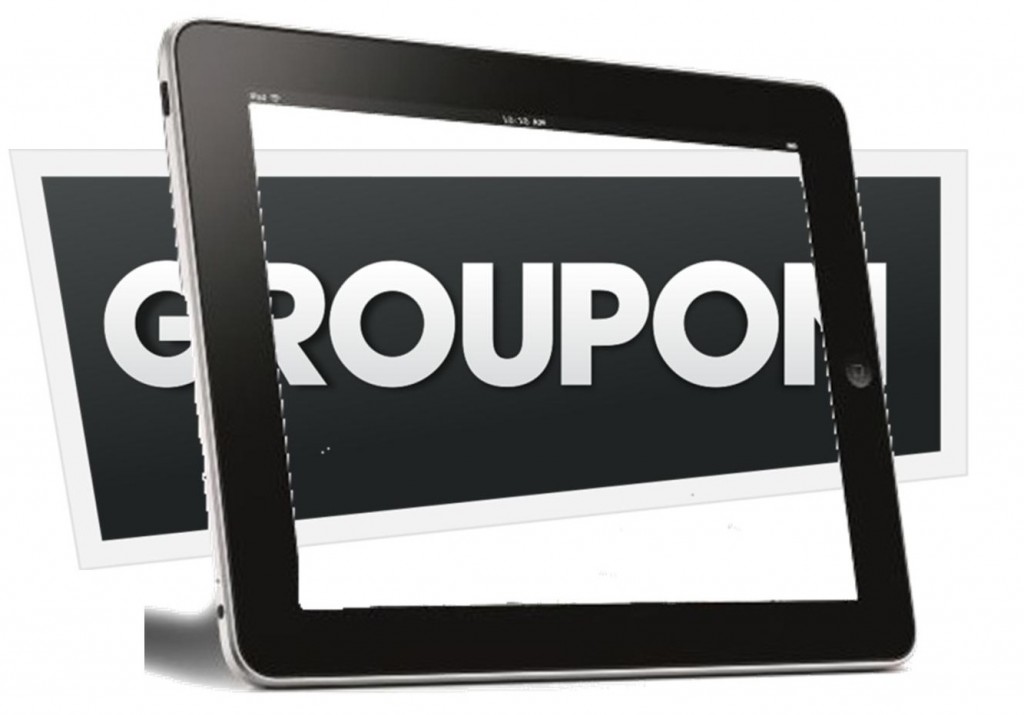The company is refocusing both its application and mobile site on search, personalization, and local.
Although Groupon has been very successful in mobile, it has been struggling since it became a publicly traded company and has been working to overcome those challenges through the use of geolocation technology and other mobile friendly techniques.
Since the CEO of the company, Andrew Mason, was sent packing, the company’s revenue has declined.
In fact, since that time, there has been a steady reduction in the daily deal site’s income. This has occurred as consumers seem to be growing immune to the emails of flash sales, either shying away from them or completely ignoring them. However, the current CEO, Eric Lefkofsky, has a new strategy in mind, which includes everything from geolocation technology to a highly personalized consumer experience.
Geolocation technology has become increasingly important in the mobile marketing environment.
 Both the mobile website and the app have now been changed at Groupon with a considerable shift in their focus. They are now aiming directly at the places in which people actually look for their deals. Therefore, there has been a considerable swing toward personalization, geolocation technology, and search. These redesigns appear to make a great deal of sense and could make all the difference in turning the company’s revenue trend around, to an upward direction.
Both the mobile website and the app have now been changed at Groupon with a considerable shift in their focus. They are now aiming directly at the places in which people actually look for their deals. Therefore, there has been a considerable swing toward personalization, geolocation technology, and search. These redesigns appear to make a great deal of sense and could make all the difference in turning the company’s revenue trend around, to an upward direction.
In fact, the geolocation technology based “Local Explorer” feature has opened up a number of new opportunities as it automatically pops up content within the user’s current city. This was once served only with a “nearby” tag. Now, it detects the user’s location and alters the background, sending targeted deals by way of push notifications, as well. These provide users with reminders of the existence of the app while they’re on vacation or travelling; times in which they are most likely to want discounts in places such as restaurants.
Moreover, beyond geolocation technology, there is also now a search bar at the top of all of the mobile screens, which place a greater focus on searching, which has never been there, before. Along with the personalized greetings and deals, this suggests a considerably enhanced experience for the customer.
Burst Media has released the results of its annual holiday survey, indicating that consumers are prepped with their smartphones.
The latest annual holiday survey from Burst Media has revealed that consumers are already getting ready to start their shopping during the heaviest season of the year, and that while they plan to head to brick and mortar shopping malls and online shops, alike, they will be using mobile commerce in a number of different ways to help them throughout their purchasing journeys.
This year’s calendar has shaken up the pattern of events when compared to previous recent years.
For instance, this year, Hanukkah will be starting ahead of Thanksgiving, and for the first time since 2008, Cyber Monday will be occurring in December. This could be a defining pattern, particularly when it comes to mobile commerce, as it was barely in existence the last time this happened, so this year will present the first real data regarding what retailers can expect when online shopping kicks off when December has already started, and after Hanukkah is already in full swing.
The survey provided a considerable amount of online and mobile commerce insight for this year’s season.
 Among the key findings of the holiday shopping and mobile commerce survey from Burst Media are the following:
Among the key findings of the holiday shopping and mobile commerce survey from Burst Media are the following:
• Marketers have time on their sides. Among the respondents of the survey, a large portion (40 percent) begin their holiday shopping following their Thanksgiving celebrations. Only 14.3 percent have already begun, and 11.8 percent started just after Halloween.
• Smartphones and tablets are playing an increasing role in the overall shopping process. Among the respondents, 45.7 percent use smartphones, and 41.3 percent use tablets for online browsing and shopping for holiday gifts and products. This is far greater than last year’s statistics.
• Mobile commerce apps will play an important part in the shopping this season, as 54.6 percent of women and 41.9 percent of men use shopping apps at least somewhat frequently – far more than in 2012.
• Smartphones are helping with shopping in brick and mortar shops, as 40.3 percent of the respondents use their devices while inside the stores to assist in their decision making.
• Parents are using mobile commerce to comparison shop for better prices while inside brick and mortar retail locations. This was the case among 64.5 percent of moms and 63.2 percent of dads.
 Both the mobile website and the app have now been changed at Groupon with a considerable shift in their focus. They are now aiming directly at the places in which people actually look for their deals. Therefore, there has been a considerable swing toward personalization, geolocation technology, and search. These redesigns appear to make a great deal of sense and could make all the difference in turning the company’s revenue trend around, to an upward direction.
Both the mobile website and the app have now been changed at Groupon with a considerable shift in their focus. They are now aiming directly at the places in which people actually look for their deals. Therefore, there has been a considerable swing toward personalization, geolocation technology, and search. These redesigns appear to make a great deal of sense and could make all the difference in turning the company’s revenue trend around, to an upward direction.
 Among the key findings of the holiday shopping and mobile commerce survey from Burst Media are the following:
Among the key findings of the holiday shopping and mobile commerce survey from Burst Media are the following: